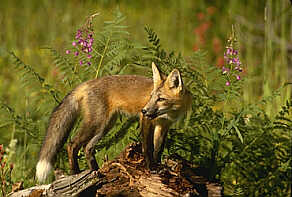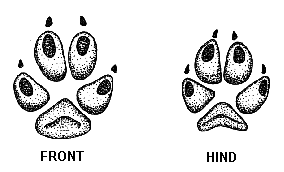Nut
New member
After I saw a Red Fox this past weekend, I wondered on what methods you could use to call them in.
Would you call them the same as a coyote?

Would you call them the same as a coyote?

Follow along with the video below to see how to install our site as a web app on your home screen.
Note: This feature may not be available in some browsers.








